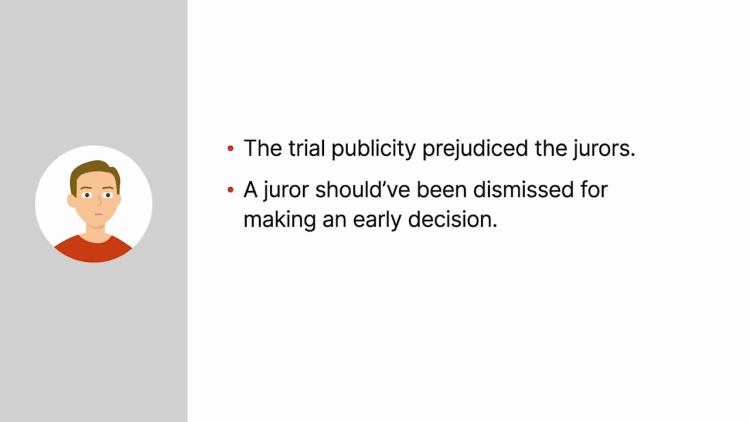United States v. McVeigh
United States Court of Appeals for the Tenth Circuit
153 F.3d 1166 (1998)
- Written by Angela Patrick, JD
Facts
Timothy McVeigh (defendant) was accused of bombing a federal building in Oklahoma City and causing 168 deaths and numerous injuries. McVeigh was charged with conspiring to use and using a weapon of mass destruction, maliciously bombing federal property, and murder. At trial, the prosecution presented evidence that McVeigh had knowingly used a massive bomb to target the federal building. McVeigh wanted to present evidence of a possible alternate suspect. Specifically, McVeigh wanted to present evidence suggesting that a member of Elohim City, an anti-government group, could have been the bomber and that the government stopped investigating Elohim City’s members after McVeigh was arrested. The trial court excluded this proposed alternate-suspect evidence, finding that McVeigh had not connected any of it to the bombing and, therefore, it was not sufficiently relevant to be admissible. McVeigh also asked the trial court to instruct the jury that the weapon-of-mass-destruction crime required proof that he had a mens rea of intent and had specifically intended to kill his victims. The trial court refused to give that instruction, instructing the jury it was enough if McVeigh had acted knowingly. The jury convicted McVeigh on all counts, and he was sentenced to death. McVeigh appealed to the United States Court of Appeals for the Tenth Circuit.
Rule of Law
Issue
Holding and Reasoning (Ebel, J.)
What to do next…
Here's why 899,000 law students have relied on our case briefs:
- Written by law professors and practitioners, not other law students. 47,000 briefs, keyed to 994 casebooks. Top-notch customer support.
- The right amount of information, includes the facts, issues, rule of law, holding and reasoning, and any concurrences and dissents.
- Access in your classes, works on your mobile and tablet. Massive library of related video lessons and high quality multiple-choice questions.
- Easy to use, uniform format for every case brief. Written in plain English, not in legalese. Our briefs summarize and simplify; they don’t just repeat the court’s language.







